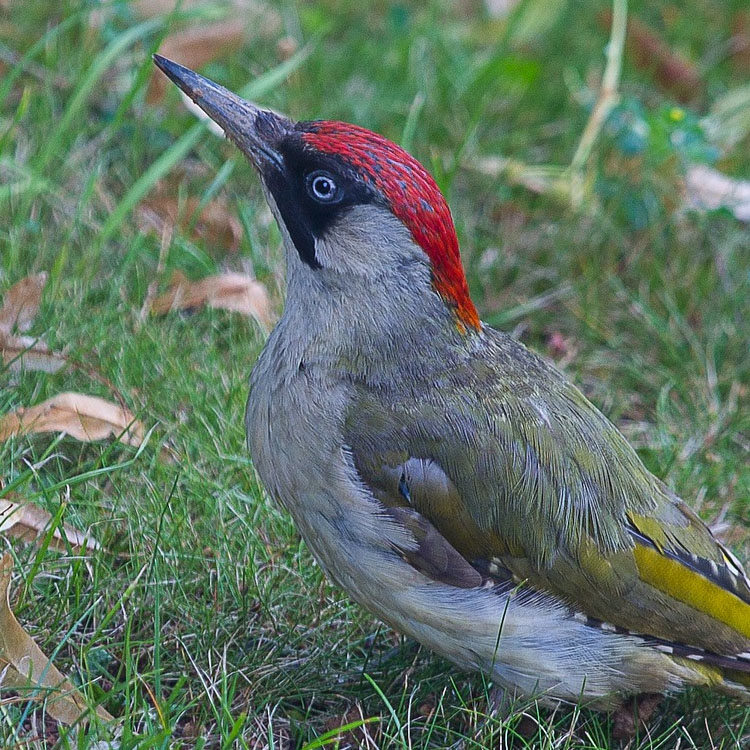Keeping Woodpeckers Away
Woodpeckers are found in many places across the globe, and they are native to the United States. Their lifespan can be up to 11 years, and they are pretty resilient through tough weather as they are able to migrate. They take mates April through June every year and produce plenty of babies due to federal protections that prohibit the extermination of these birds.

Get Educated About Woodpeckers
Woodpeckers feed on sap and insects inside of wood. I say wood because this does not just mean that they like to dig for food on trees, which we'll call unprocessed, or living wood. Pressure treated fascia board, if already punctured (by the woodpecker or another nuisance animal), will give a woodpecker an excuse to see if there's any insects or sap inside. They don't know any better and probably assume your lovely wooden deck posts are a more slender, square-er tree.
In addition to knowing the eating habits of woodpeckers, it's good to know that there are protections in place for these birds, and how you are to handle a woodpecker problem in and around your home. In the next section, we'll go over some tactics used by wildlife removal specialists to keep woodpeckers away.
Deterring Woodpeckers and Drumming
The sound of a woodpecker pecking is called drumming. Females do this to attract males (are they showing off how strong their beaks are? No. It's just a sound that says, "I'm here,...let's uh...like...grab a drink or a bug or something and, you know...). In any case, homes that have aluminum or metal components will be bothered by this sound the most, and homes made of wood will see the most damage. Either way, they've got to go.

Discouraging Drumming on Metal Components
Drumming is all about the sound, racous, awful, sleeping-in-ruining sound. Some homeowners have success installing padding or baffling to prevent metal gutters, shutters, and soffit from resonating.
Discouraging Drumming on Wood Components
Fill in any holes, crackes, or otherwise blemishes along wooden components, and repaint or retreat them. Inspect the wood first to make sure that there are no tasty bugs living in there, and if there are, replace that piece and use seceral layers of paint to seal out the smell of wood on any wood components.
